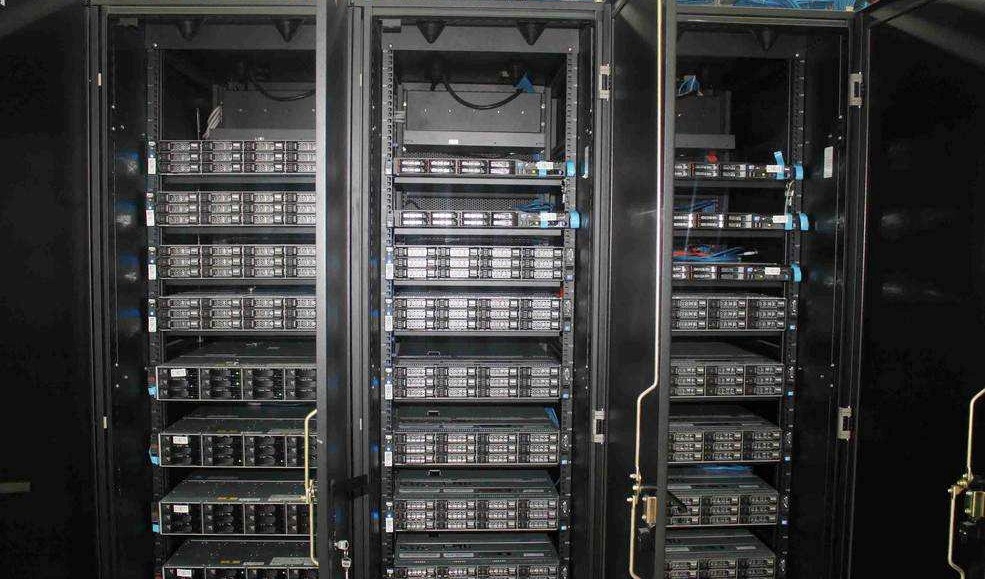
































Are you trying to decide between a rack server and a blade server for your network solution? It's important to understand the differences between these two options before making a decision. In this article, we will explain what rack servers and blade servers are, highlight their key distinctions, and help you determine which one is best for your business needs.
What is a Rack Server?
A rack server is a standalone device that is installed in a cabinet. It comes in different sizes, like 1U, 2U, or 4U, with varying performance and scalability. 1U rack servers are great for saving space in fixed business environments, while 4U servers offer higher performance and scalability, supporting multiple powerful processors and components that can be easily replaced. Rack servers are typically installed in a standard 19-inch rack, making them versatile for different applications.
What is a Blade Server?
A blade server is a modular unit that can be plugged into a standard rack chassis. Each server unit acts as an independent mainboard, serving different user groups. While blade servers may have lower performance individually, they can be combined into a single server cluster, providing a high-speed network environment and resource sharing. Blade servers are easy to replace and require less maintenance time.
Differences between Blade and Rack Servers:
Now, let's compare the advantages of blade servers and rack servers to better understand their differences.
Space-saving:
Blade servers are more space-efficient compared to rack servers. For example, deploying 1024 nodes using 1U rack servers would require 24 racks, not including Ethernet switching hubs. In contrast, using a blade server chassis with 8 blades would only require 9 racks, including the Ethernet switching hub.
Cabling and Management:
Blade servers simplify cable management as they have unified wiring for network and power lines. Each blade server does not require individual cabling. On the other hand, rack servers require separate network cabling and power cord wiring for each server, which can result in a messy cable arrangement. Blade servers offer easier management, providing more processing power in smaller spaces at a lower cost.
Flexibility:
Rack servers offer greater flexibility than most blade servers. For example, blade servers may have limitations when it comes to equipping disk arrays or supporting large-capacity memory databases. Rack servers, with their standardized design and expansion capabilities, allow for easy addition of functions through external expansion cabinets.
Cost-effectiveness:
While blade servers are often seen as cost-saving, gradually increasing the number of blades within a chassis can reveal that rack servers offer better cost-effectiveness. Blades and related products tend to be more expensive than their rack counterparts. Typical blade chassis costs range from$4,000 to$8,000, and blades themselves are more costly than 1U rack servers.
Function Extension:
Rack servers can extend their functions through expansion cabinets, allowing for upgrades and additional features. Blade servers offer rapid expansion by plugging new blade units into the chassis and connecting to the expanded infrastructure. Option modules within the chassis enable the sharing of functions once connected externally.
Maintenance:
Blade servers have an advantage in troubleshooting as the units are easily replaceable, eliminating cable-related issues. On the other hand, rack servers, being standalone devices, may pose more challenges during troubleshooting due to complex cable arrangements.
Conclusion:
Both blade servers and rack servers offer valuable functions, but they cater to different business needs. Rack servers excel in meeting specific application requirements, while blade servers are suitable for clustered environments that require high-density computing and resource sharing. Blade servers, although efficient in space utilization, cannot fully replace the versatility and flexibility of rack servers.
At Hi-Network.com, you can explore a wide range of rack servers and blade servers that cater to various business requirements. Visit our website to learn more about our server offerings and find the perfect fit for your IT infrastructure.
With our extensive selection and expert guidance, we ensure that you can make an informed decision and find the ideal server solution that aligns with your business goals.
Discover the power and efficiency of rack servers and blade servers today! Visit Hi-Network.com for more information.
 Hot Tags :
Hot Tags :